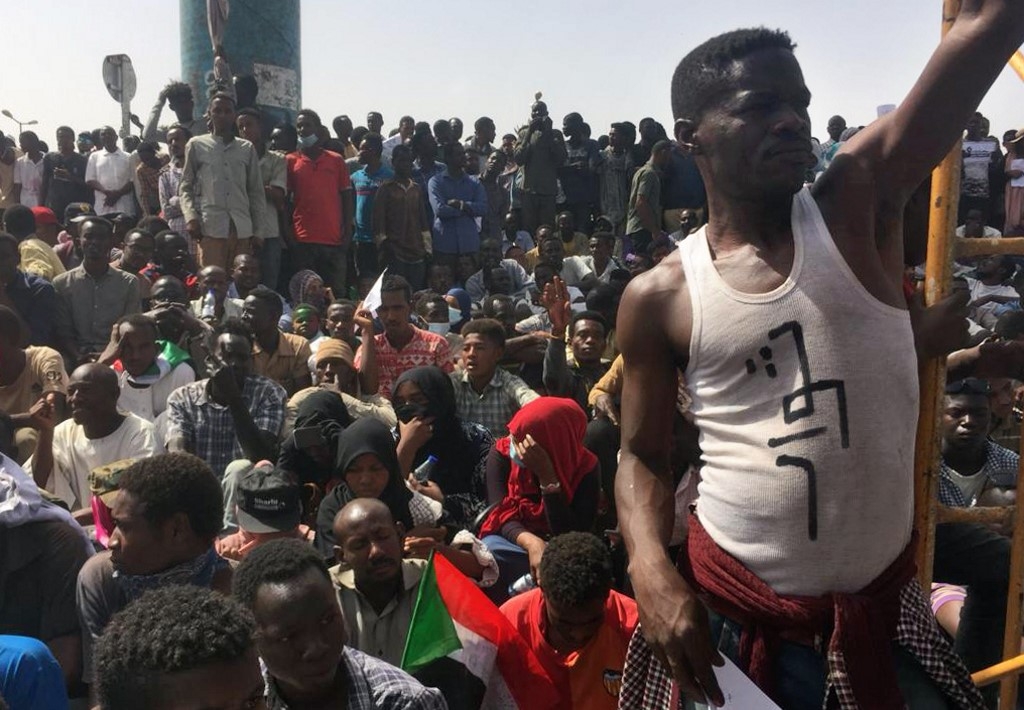This is an entry from: Live: Protests continue in Sudan after Bashir toppled in 'coup'
A timeline to Sudan's protests
11 April 2019 16:52 BST

Sudan's President Omar al-Bashir was ousted by the country's military on Thursday. Here's a timeline of the movement that toppled him and which has pledged to continue until power is handed to a civilian government.
- 19 December: The ruling National Congress Party's headquarters were burnt down in the northern town of Atbara after weeks of rising tension over rising living costs and austerity measures, turning the anger directly onto the government.
- In the following week, protests spread to cities around the country and authorities responded with tear gas, beatings and often live fire.
- 25 December: The Sudanese Professionals Association organises major protests in Khartoum, aiming to march to the presidential palace and hand over demands for Bashir to resign. A heavy-handed response from the security forces prevents them approaching.
- 24 January: Abuse of protesters, including shaving their heads and mass imprisonments, and lethal force on several in the Khartoum neighbourhood of Burri turned their funerals into rallying points for the largest protests yet.
- 22 February: Bashir declares a state of emergency and reshuffles his cabinet. Military and intelligence officials were appointed to key positions, raising suspicions about a power struggle. Bashir calls on parliament to postpone plans to amend the law so he can run for another term as president.
- 6 April: Tens of thousands gather outside the army headquarters to mark the anniversary of the 1985 uprising that opposed the military rule of Gaafar Nimeiri. A sit-in starts that night and evolves into the protest that topples Bashir.
- 11 April: Defence Minister Awaf Ahmad Auf announces Bashir has been arrested and the army will take power for a two-year "transitional period." Protesters reject army rule and insist they will continue until their demands for civilian government are met.

